NASA’s Hubble telescope has taken a new image of Jupiter, showing the planet’s Great Red Spot and clouds with a more intense colour than anything we’ve ever seen before. The changes that have taken place, according to a statement from NASA , provide important clues to key happenings in the planet’s atmosphere.
The image was captured by the Hubble’s Wide Field Camera 3 at a distance of 400 million miles from Earth, just as Jupiter was near “opposition” or almost directly opposite the Sun in the sky. It was taken as part of the Outer Planets Atmospheres Legacy program (OPAL), which allows Hubble to look at other planets, their climate, winds, and clouds.
The Great Red Spot
The Great Red Spot is a rolling, counterclockwise storm sandwiched between two bands of clouds. These cloud bands (above and below the Great Red Spot) are perpetual in movement in opposite directions to each other. But this striking feature has changed — shrunk — since the 1800s. Its upper layer extends over 5km higher than the clouds in other areas. The Great Red Spot alone has a diameter larger than the Earth!
There are two smaller anticyclones on Jupiter that are smaller versions of the Great Red Spot. Researchers have also observed cyclones appear across the planet.
Cloud Bands
The bands visible on Jupiter are formed due to the thickness and height of ammonia in ice clouds in the planet’s atmosphere. They flow in different directions at different latitudes and get their stunning colors from the difference in atmospheric pressures. The bright orange color of the single, wide band at the equator could be a sign that the clouds are clearing out, revealing the red particles in the overlying haze.
Each of the bands on Jupiter is separated by winds that can reach up to 400 miles per hour. The image shows the clouds moving towards the Great Red Spot. The bands above and below it are constantly moving in opposite directions.
(Also read: Hubble telescope captures 2,65000 galaxies in an expansive legacy field image )


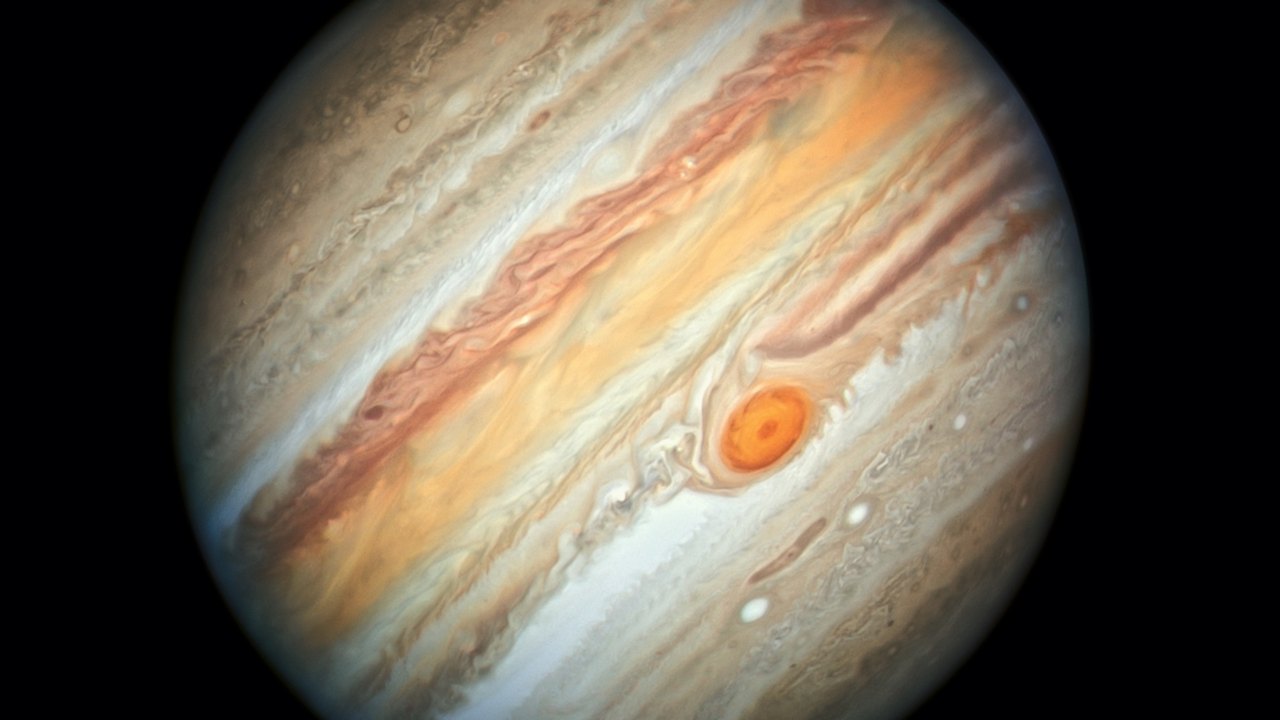)




)
)
)
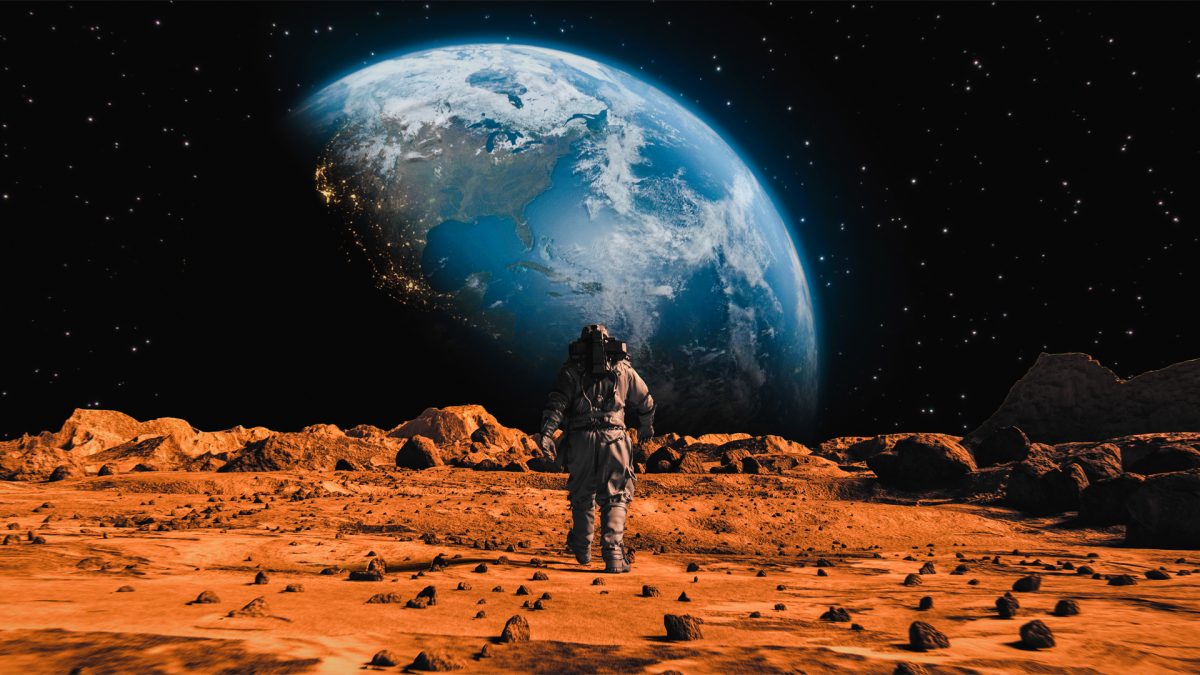)
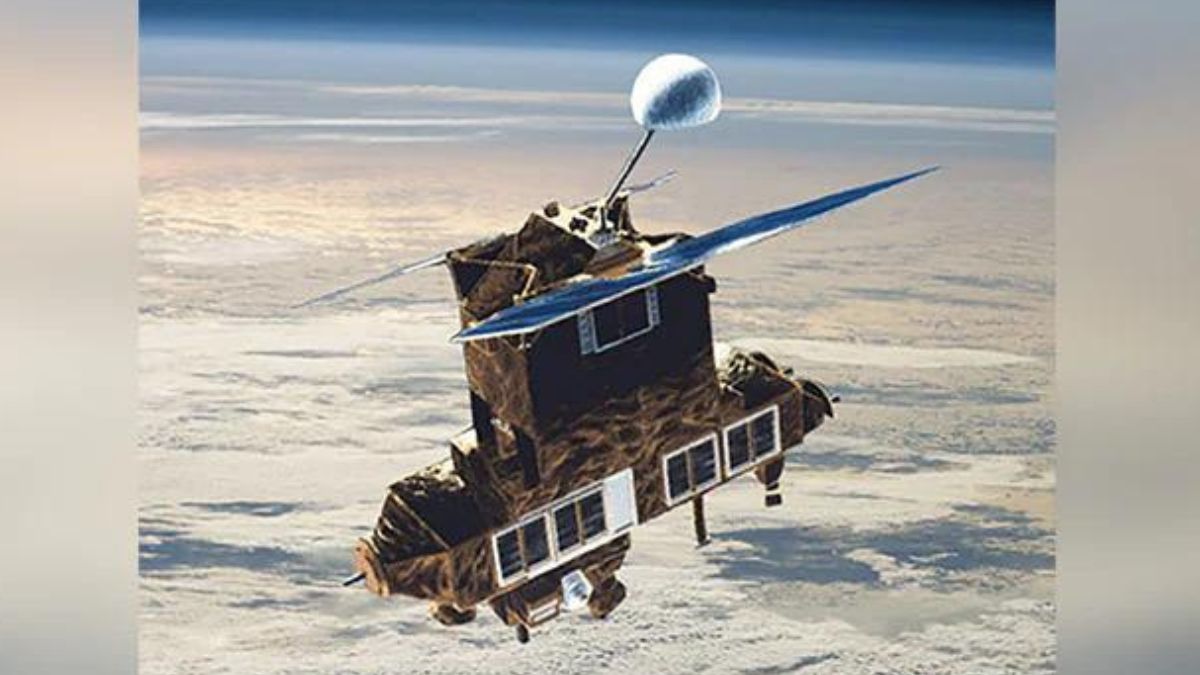)
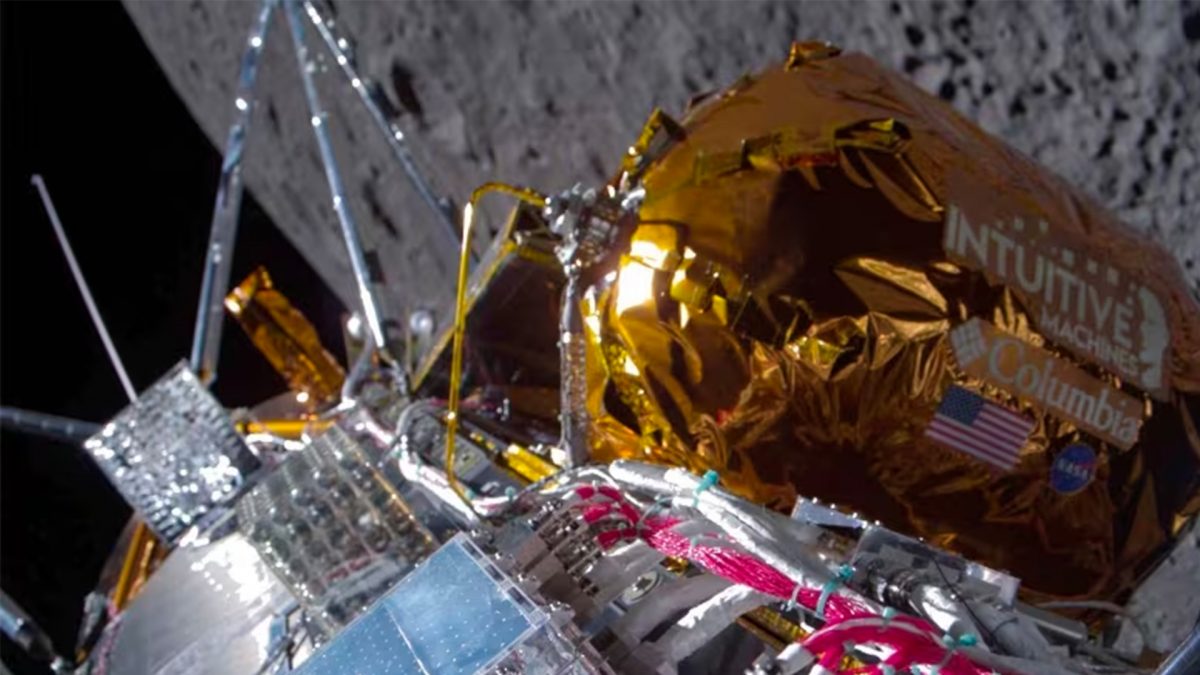)
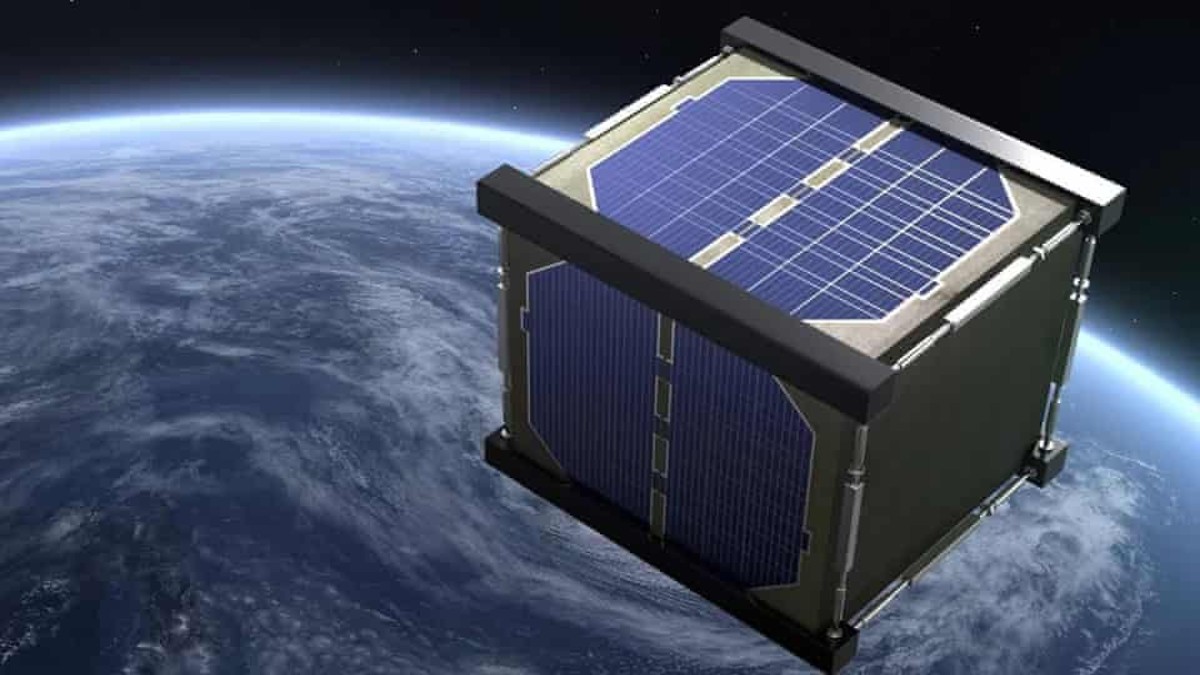)
)